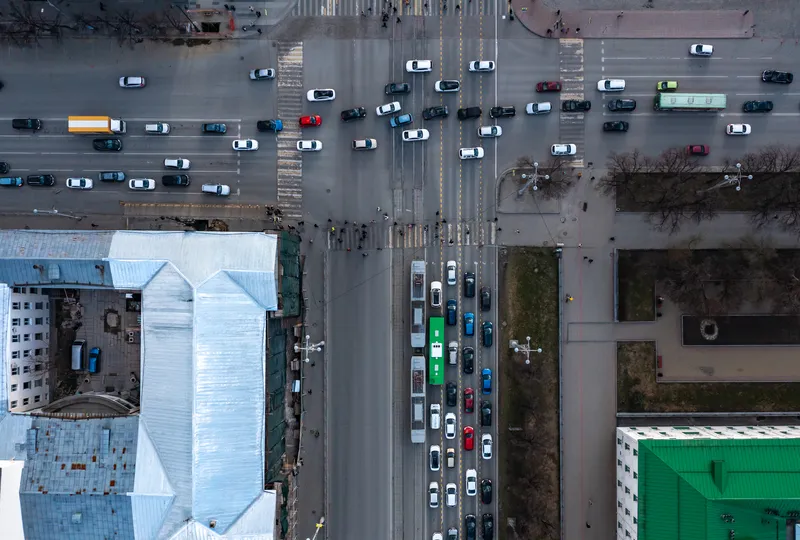Econolite has announced that Lee County, Florida, has harnessed the travel time module of its Centracs advanced transportation management system (ATMS) for the deployment of its BlueToad (Bluetooth Travel-time Origination and Destination) system to actively monitor travel times and road speeds. The ATMS was installed in 2011, as part of Lee County’s signal re-timing project for which the county’s DoT received an ‘A’ grade in the 2012 National Transportation Operations Coalition (NTOC) National Traffic Signa
August 24, 2012
Read time: 2 mins
According to Lee County, Centracs complements its proactive approach to traffic signal management. “Centracs fits well into our long-term plans to optimise traffic flows and safety along our major arterials, such as US 41,” said Lee County chief traffic engineer Stephen M. Jansen. “Because of Centracs’ modular design, we’re able to cost effectively expand our capabilities as funding permits. In this case, the integrated Centracs Travel Time module enabled us to immediately manage and control our BlueToad system without the hassle and extra costs associated with purchasing additional equipment and software.”
Lee County DOT completed traffic signal retiming for more than 50 intersections in its traffic system network. Comparing actual ‘before’ and ‘after’ travel time runs along US 41, the county reported overall cumulative annual benefits of 23 per cent reduction in travel delays; 5,600 gallons of fuel saved per day; 19 per cent less emissions; and total estimated annual value of savings is over US$17 million.








